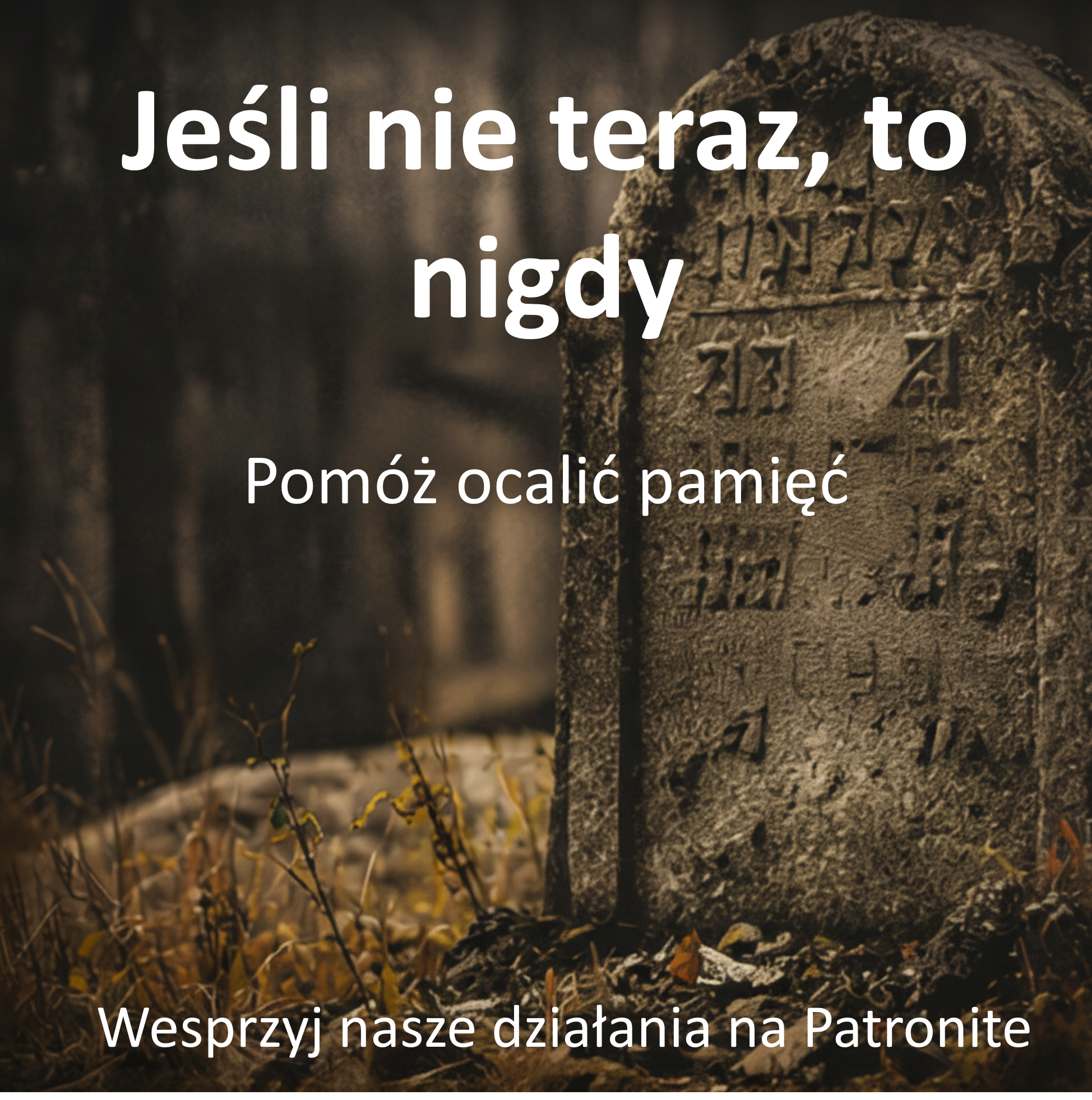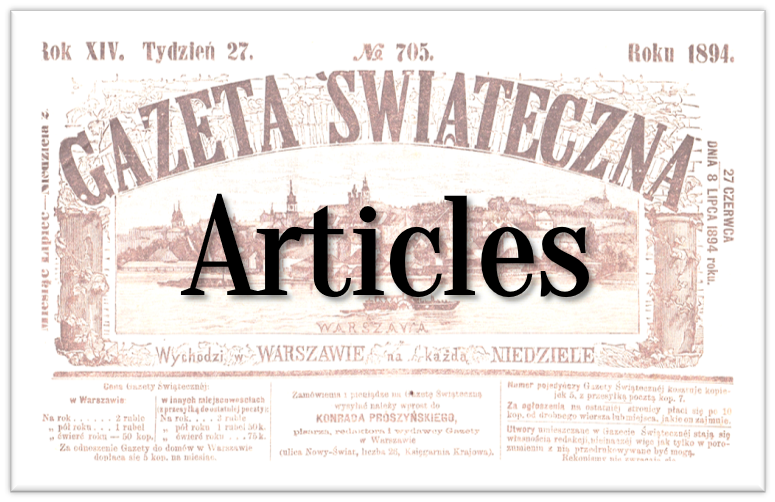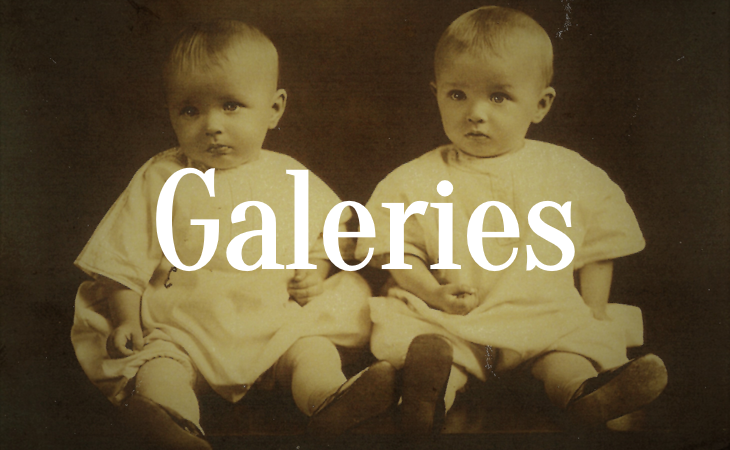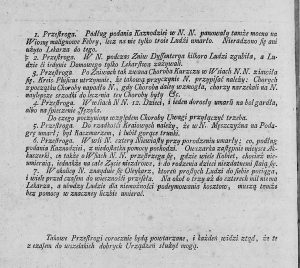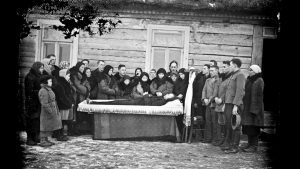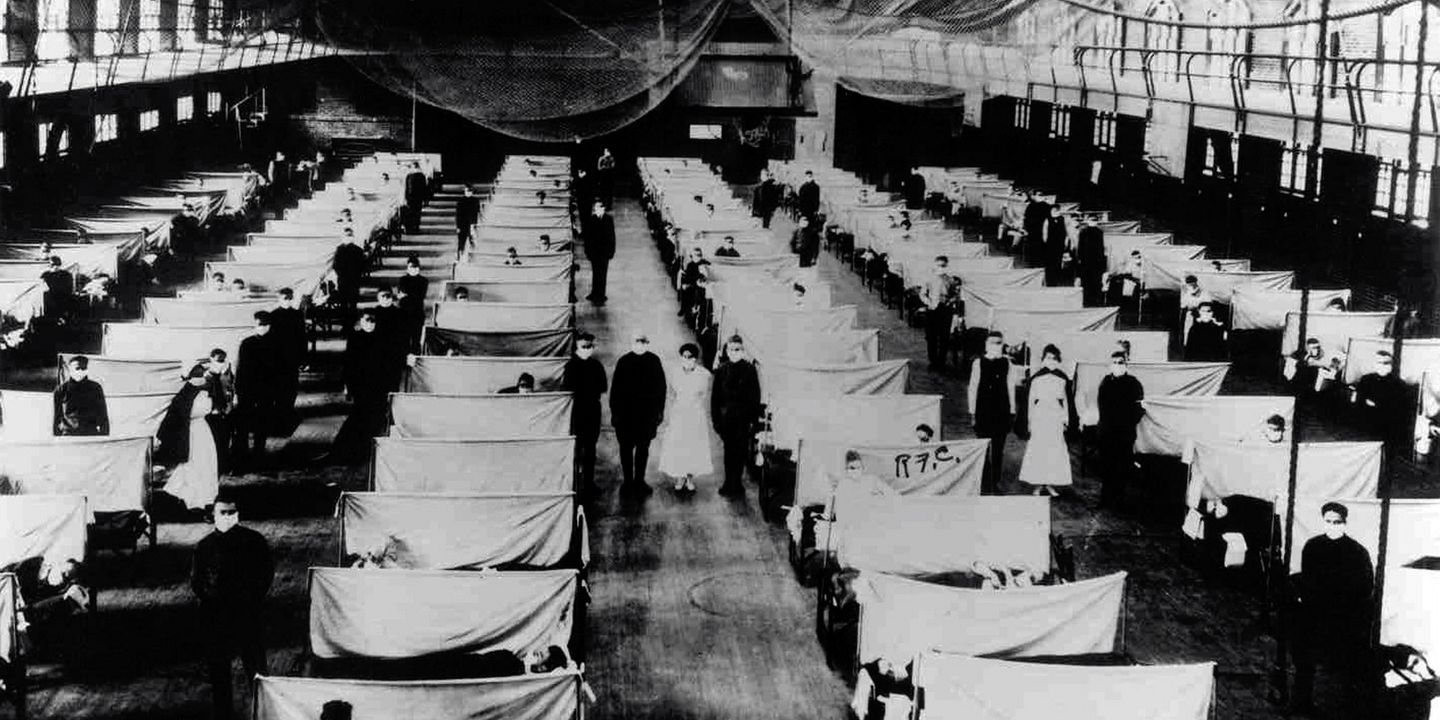
For several years, I have been in the possession of genealogical materials from the USA, collected by John Noel Latzo. He is probably the most distinguished on the American side in acquiring and collecting information about the Rynkiewicz family from Krasnopol and the surrounding area. He did it for himself, because his mother was Agnes Mary Rynkiewicz (1909-1970), but he shared with me because my maternal grandmother was Marianna Rynkiewicz (1898-1969). We are 11 generations apart, but in 2014, when I visited him, we greeted each other like brothers. Maybe because, apart from family ties, we were connected by a genealogical passion. I made use of his materials several times, translating newspaper clippings or obituaries that I posted for my blog. Here is one of the texts - very current, because it tells about ... the Spanish pandemic in Schuylkill County, densely staffed by the Rynkiewicz family. I am convinced that the content is universal, and not only important for this family.
"Spanish Flu" Ripped through County in 1918
Recent news from the Center for Disease in Atlanta stated that the scientists there do not anticipate a lot of "flu" this season. That is good news, but in 1918 such was not the case.
Czytając nagłówki gazet z 1918 r., można było odnieść wrażenie, że nagłówki wojenne mówią o tym, że sojusznicy zaczynają kończyć konflikt 1914-1918, który miał być nazwany “Wojną, która Zakończy Wszystkie Wojny”. To nie mogło trwać długo, miesiąc, być może dwa.
Germany was faltering, as the Allied armies were advancing on all fronts. It would be only a matter of a short time and the slaughter would be over. It was at this peak of optimism in September, 1918, that death struck suddenly and brutally in Schuylkill county. The Spanish influenza brought its hand of death to our midst.
Na początku nikt nie zwracał uwagi na to, co nazywało się “hiszpańską grypą”, która doprowadziła do hospitalizacji kilku żołnierzy w Camp Devins w Massachusetts.
W gazetach hrabstwa Schuylkill pojawiło się kilka ulotnych informacji o zamykaniu bostońskich szkół i mglista sugestia, że “Hun U-Boats” rozsiewają plagę zarazków na Amerykę.
W gazetach były krótkie notatki na temat “Co robić z hiszpańską grypą”, ale ogólnie rzecz biorąc, wiadomości dotyczyły ogrodów zwycięstwa, Czerwonego Krzyża i nowego “Liberty Loan Drive”.
Then without warning, the first local 'Clue came to the people of the county on September 17, 1918. The call for draftees for the army had been held up by influenza.
By October 4, it had become a panic. The state promptly closed all saloons, pool rooms, theaters and dance halls, sparing for the moment churches and schools.
Do następnego dnia w samym Pottsville było 800 przypadków grypy. Rada ds. Zdrowia w Pottsville wydała “drastyczny nakaz”, zgodnie z którym wszystkie sklepy, z wyjątkiem sklepów z prowiantem i aptekami, kościoły, szkoły, kluby itp. powinny być zamknięte o 18:00. Wezwano ludzi do podjęcia środków zapobiegawczych.
The Board of Health also issued an order that it would be a misdemeanor punishable by fine and imprisonment to spit on the side walks and that it would enforce this law to the limit.
The effect of the Board's order was instantaneous. The newspapers sent out bulletins with the news of the "flu" epidemic. Hundreds of shoppers doubled their efforts to finish their shopping before the stores closed. Hurried phone calls to people at home caused hundreds of women to rush frantically to the stores before the six o'clock deadline.
Suddenly there were 5,000 cases in the county with 1,200 cases in Minersville alone. Hysteria began to spread over the weekend.
Minersville, one of the hardest hit places in the state, had 47 deaths alone. One undertaker there was down with the "flu" himself, and could not bury the 20 bodies in his care. One story has it that he had the only hearse in town, and while driving it up Sunbury street one of the three corpses in the back suddenly came back to life and sat up. The undertaker was so frightened that he drove into a store and smashed the hearse.
The state sent doctors and nurses to Minersville and Frackville where there were only four doctors and two of them were down with the disease. There were many cases in the Heckscherville valley and an appeal for help was made to County Medical Inspector. Dr. J. B. Rogers. The state promised to send nurses to help the stricken.
Jedno ze słynnych opowiadań Johna O’Hary, “Syn Doktora”, opowiada o tym, jak jego ojciec, dr Patrick A. O’Hara, chodził do domów górników w Minersville i dolinie Heckscherville, by leczyć ludzi, którzy zarazili się zabójczym wirusem.
Pottsville was badly frightened. Mrs. Alice Milliken threw open her Greenwood Hill home and 50 beds were hurried in. A hundred beds were put in the Pottsville Armory on North Centre street. The Red Cross appealed for blankets, sheets, bath robes, and other supplies. The Kings Daughters made face masks for people to wear so that they would not get the disease.
Tents appeared on the lawn of the Milliken home for children patients. The state police raided saloons in Gilberton, Minersville, and St. Clair, arresting saloon keepers who defied the closing orders.
Osiem pielęgniarek ze szpitala w Pottsville zachorowało na grypę. Przepełnione kolumny nekrologów w gazetach nazywały to po prostu “dominującą chorobą”.
People tried anything to get rid of the "flu." Children were told to eat a yeast cake a day like a biscuit. Patent medicine sold all their supplies under the pressure of heavy advertising. One boy heard that the doctors said the only cure was to drink moonshine, an alcoholic beverage brewed at home, so he began selling it for fifty cents a pint.
Aliens feared to report cases, because they feared the bodies of their loved ones might wind up in Potter's Field if they did. In Schuylkill Haven there were no caskets, and bodies were stacked in open pits in a field and covered with lime before they were finally covered with dirt Old timers say they still remember the terrible stench from that field the following spring.
In Frackville, colliery ambulances took people to an emergency hospital in streams. Fifty one cases were reported in one row of homes in Gilberton. By October 14, Minersville had 164 deaths, 41 within two days, and a carload of caskets came in at once. More than 100 army doctors rushed here from the U.S. Army Medical Camp at Allentown, jumping into the breach to relieve county doctors who were themselves falling prey to the plague.
“Grypowa siedziba główna” została utworzona w biurach Filadelfii i Reading Coal and Iron Company przy ulicach Second i Mahantongo. Piwnica budynku służyła jako kostnica.
Suddenly the epidemic eased. On October 25, the county death toll had risen to 1,599 persons. But on October 29 the "flu" story had shifted to the inside pages. Two days later the word went out that theaters might re-open by November 8 and the schools by November 11.
And, just as suddenly, the epidemic came to an end. Everybody rejoiced at the news of an impending Armistice in Europe. There was no more mention of the "flu."
But it had been a month of horror and sorrow. From the time the county had its first report of the disease on October 2, at Minersville until the end in early November, 3,273 people had died in the county and that part of Northumberland county encompassed by the Third District. In Pottsville, 352 people were claimed by the deadly "flu."
It was Black October - Schuylkill county's worst period of terror.
- Kazimierowiczowie – rodzina sejneńska - 6 February 2025
- Ja to mam szczęście… czyli fart genealoga - 19 July 2024
- The Spanish flu in Schuylkill County - 27 October 2020


